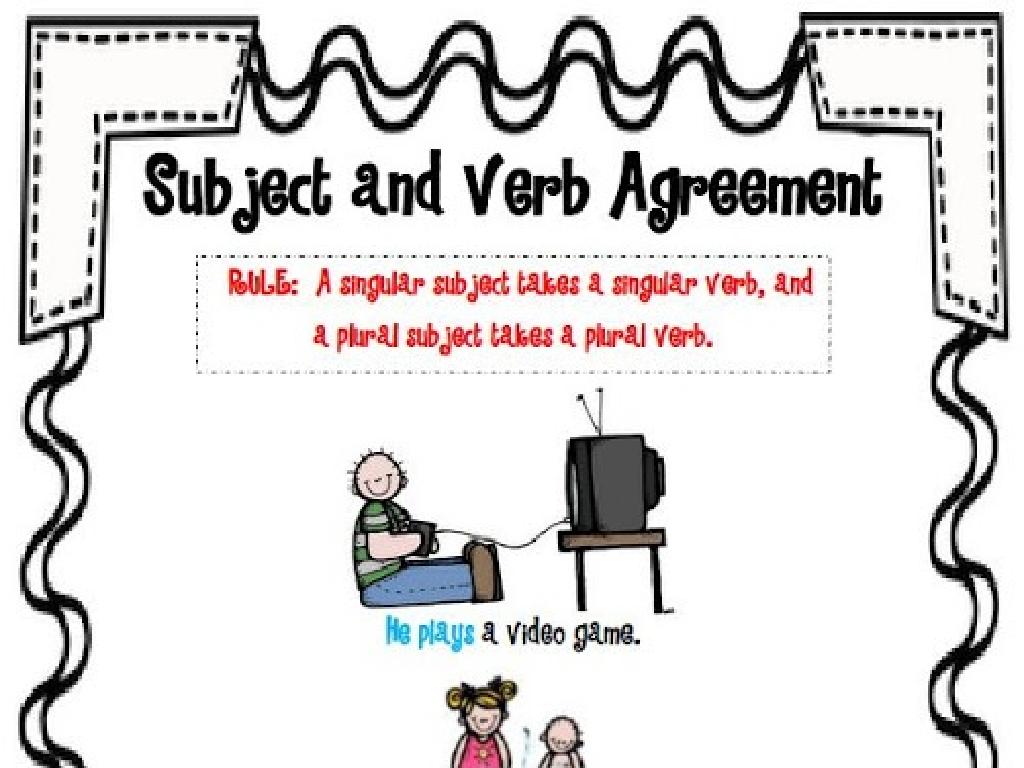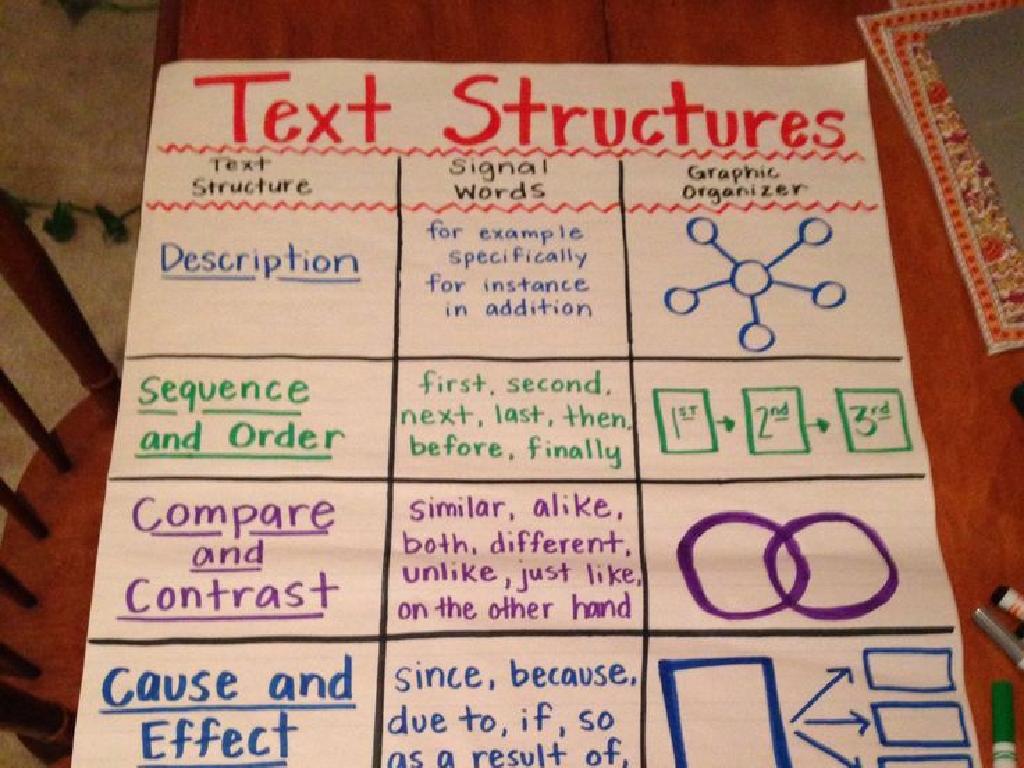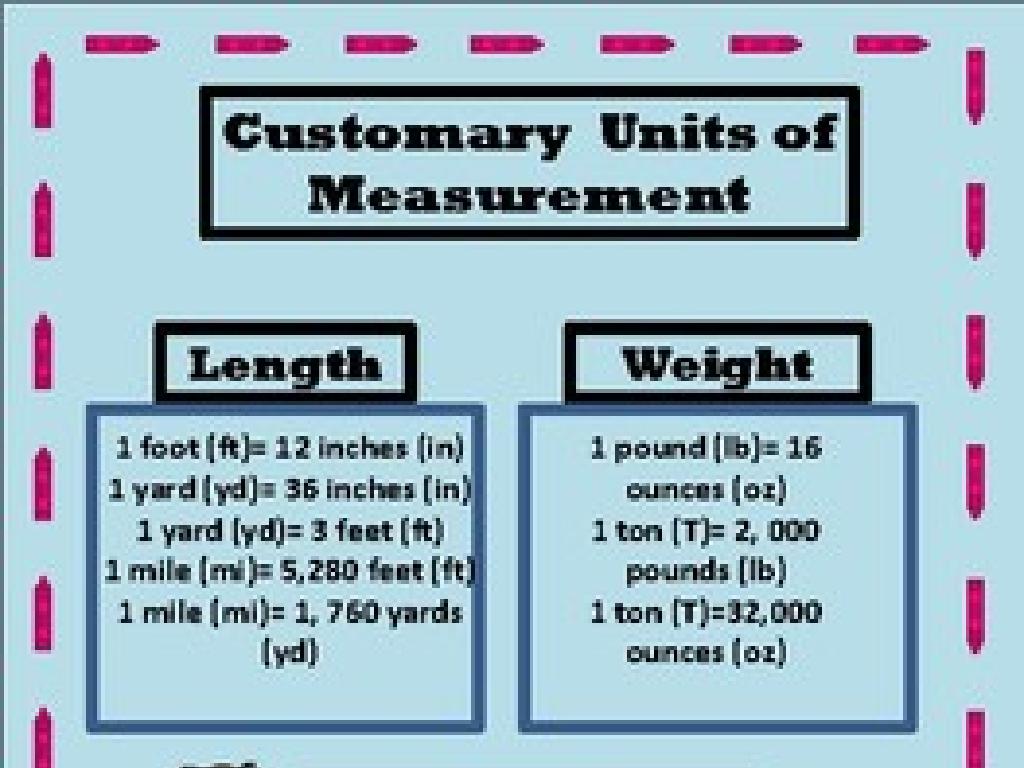Choose The Uppercase Letter That Matches: A, B, D, E, G, H, N, Q, R
Subject: Language arts
Grade: Pre-k
Topic: Lowercase And Uppercase Letters
Please LOG IN to download the presentation. Access is available to registered users only.
View More Content
Welcome to the Alphabet!
– Learn big and small letters
– Uppercase and lowercase names
– Big letters are uppercase, small are lowercase
– Match big letters with small ones
– Find the small letter that looks like the big letter
– Practice with A, B, D, E, G, H, N, Q, R
– Let’s find the pairs for these letters together!
|
This slide introduces Pre-k students to the concept of uppercase and lowercase letters. Start by explaining that letters come in two sizes: big (uppercase) and small (lowercase). Use visual aids to show each letter in both forms. Then, engage the students in a matching activity where they pair each big letter with its small friend. For example, match ‘A’ with ‘a’, ‘B’ with ‘b’, etc. Make sure to focus on the specific letters A, B, D, E, G, H, N, Q, R for this activity. Encourage the students to practice writing both forms and to identify these pairs in books or classroom materials. This activity will help them recognize letters in different contexts and improve their alphabet knowledge.
Meet the Uppercase Letters!
– Uppercase letters introduction
– A, B, D, E, G, H, N, Q, R are some uppercase letters.
– When to use uppercase letters
– Use them for names and the start of sentences.
– Practice saying letter names
– We’ll say ‘A’ as in ‘Apple’, ‘B’ as in ‘Ball’.
– Match uppercase with lowercase
|
This slide is designed to introduce Pre-k students to the concept of uppercase letters. Start by showing them the letters A, B, D, E, G, H, N, Q, R and explaining that these are called uppercase letters. Explain that these letters are special because they are used at the beginning of sentences and names, which makes them important to recognize. Engage the students by looking at each letter and saying their names out loud, associating them with familiar words (e.g., ‘A’ for ‘Apple’). Finally, prepare an activity where students match uppercase letters to their lowercase counterparts to reinforce their learning.
Big and Small: Matching Letters
– Every big letter has a matching small letter
– Big A matches with small a
– Can you find the match for big A?
– Look at the letters and find the small a
– Let’s practice matching other letters too
– We’ll match B, D, E, G, H, N, Q, R as well
|
This slide introduces the concept of uppercase and lowercase letters to Pre-K students. Start by explaining that every ‘big’ letter, or uppercase letter, has a ‘small’ letter, or lowercase letter, that looks similar and is its match. Use the example of big A (uppercase) matching with small a (lowercase). Encourage the students to find the lowercase letter that matches the uppercase ‘A’ shown on the slide. Afterward, engage the students in a practice activity where they match other uppercase letters with their lowercase counterparts. This activity helps students recognize the relationship between uppercase and lowercase letters, an essential skill in early literacy.
Letter Matching Game
– Match big letters to small letters
– Aa, Bb, Dd, Ee, Gg, Hh, Nn, Qq, Rr
– Look at the screen for big letters
– Find the small letter partner
– Let’s learn and have fun!
– Games make learning exciting!
|
This slide introduces a matching game to help Pre-k students learn the concept of uppercase and lowercase letters. Display each uppercase letter on the screen and ask the students to find its lowercase match. You can use flashcards or a digital presentation for this activity. Encourage the children to say the letters out loud as they make the matches. This interactive approach helps with letter recognition and reinforces the relationship between uppercase and lowercase letters. Make sure to praise the students for correct matches and gently correct any mistakes. The goal is to create a supportive learning environment where students feel comfortable participating.
Letter Match Practice: Big and Small Letters
– Review matched letters: Aa, Bb, Dd
– Remember, A matches with a, B with b, D with d
– Big and small letters look alike
– Uppercase letters are big, lowercase are small
– Let’s match more letters together
– Find the pairs for E, G, H, N, Q, R
– Practice makes perfect
|
This slide is designed to help Pre-k students recognize and match uppercase and lowercase letters. Start by reviewing the letters that have already been matched, pointing out the similarities and differences in size. Emphasize that while they may look different due to their size, uppercase and lowercase letters represent the same sound and are just different forms of the same letter. Engage the students in a matching activity where they find the pairs for the remaining letters. Encourage them to practice this skill, as familiarity with both forms of letters is crucial for their reading and writing development. Provide additional examples if needed and praise their efforts to reinforce learning.
Our Alphabet Friends: Big and Small
– Letters have big and small versions
– Uppercase letters are big
– Like ‘A’ in ‘Amy’
– Lowercase letters are small
– Like ‘a’ in ‘apple’
– Match big A with small a
– Can you find the small ‘a’ for the big ‘A’?
|
This slide introduces the concept of uppercase and lowercase letters to Pre-K students. Emphasize that each letter has two versions: one big (uppercase) and one small (lowercase). Use examples of names that start with an uppercase letter to make it relatable. Explain that lowercase letters are what we mostly use in writing. Engage the students in a matching activity where they find the lowercase letter that corresponds to its uppercase partner. This activity helps them recognize the difference in letter sizes and their usage in writing. Encourage them to think of other words that start with the same letters and practice writing both versions.
Class Activity: Letter Hunt
– Explore the classroom for a Letter Hunt
– Find objects starting with uppercase letters
– Look for items like Apple for ‘A’ or Ball for ‘B’
– Bring your findings to the group
– Get ready for a fun discovery game!
|
This activity is designed to help Pre-k students recognize and match uppercase letters with objects that start with those letters. Set up the classroom with various items that begin with the letters A, B, D, E, G, H, N, Q, R. Guide the students to search for these items and bring them to a central location. For example, they might find an Apple for ‘A’ or a Ball for ‘B’. This interactive game encourages movement, collaboration, and practical application of letter recognition skills. As students bring their items, you can reinforce learning by discussing the objects and the corresponding letters. Consider having different stations for each letter to organize the activity and ensure every child is engaged and learning.
Show and Tell: Matching Letters
– Share objects and their starting letters
– Bring your favorite item that starts with A, B, D, etc.
– Recognize big and small letter pairs
– Match ‘A’ with ‘a’, ‘B’ with ‘b’, and so on
– Practice saying letters out loud
– Say ‘Big A, small a’ together as a class
– Celebrate learning new letters
– Praise for remembering and matching letters
|
This slide is for a class activity where students will engage in a show and tell to practice identifying and matching uppercase and lowercase letters. Encourage each child to bring an object from home that starts with one of the letters A, B, D, E, G, H, N, Q, R. During the activity, help them identify the starting letter of their object and find its matching uppercase or lowercase counterpart. This will reinforce their understanding of the alphabet and the concept of big and small letters. Celebrate their efforts and progress in recognizing these letter pairs, fostering a positive learning environment.
Goodbye and Practice at Home
– Great job learning letters!
– Find big & small letters in books
– Look for A, B, D, E, G, H, N, Q, R in both forms
– Practice with your favorite stories
– Match ‘a’ with ‘A’, ‘b’ with ‘B’… while reading
– Excited to see you next time!
|
Today’s class focused on recognizing and matching uppercase letters to their lowercase counterparts. Encourage the children to continue practicing at home by looking for these letters in the context of their favorite books. This will help reinforce their understanding and recognition of letters in a fun and engaging way. Remind them to look for both big (uppercase) and small (lowercase) letters and try to match them. In the next class, be prepared to have activities that will allow the children to demonstrate what they’ve practiced at home, possibly through a matching game or by sharing the letters they found in their books.





